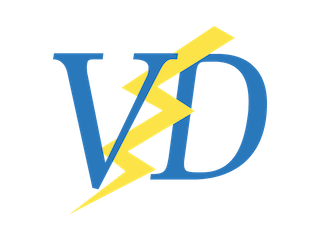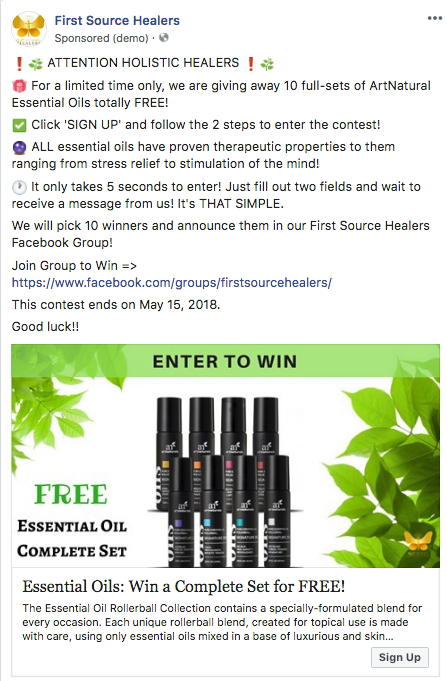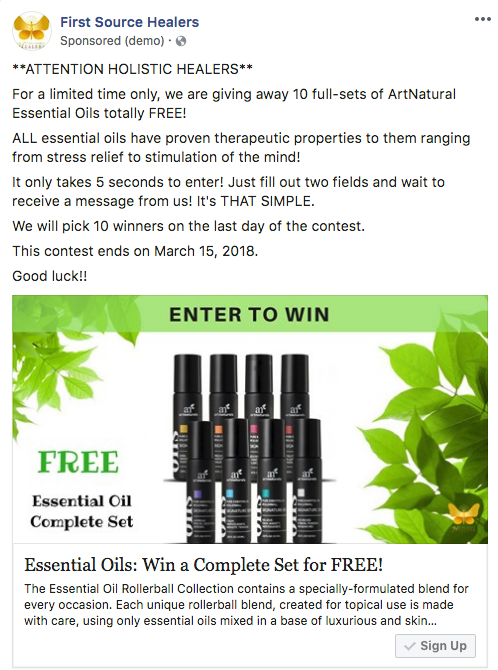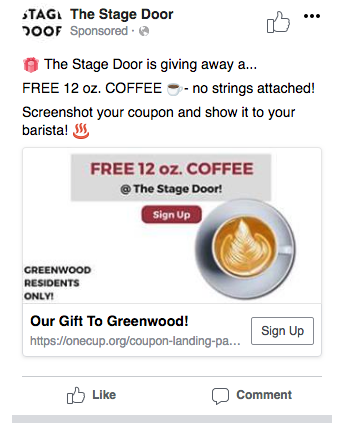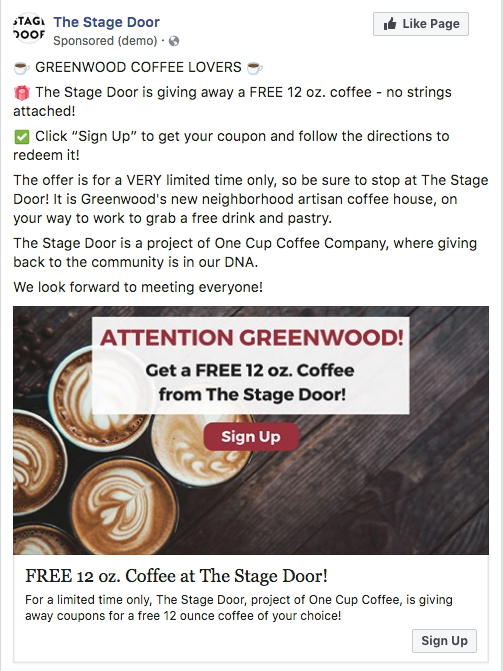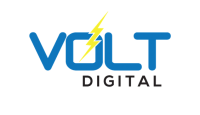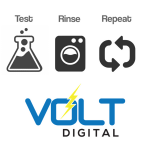The 3 Most Important Facebook Ad Split Tests
Facebook advertising has endured a rather impressive journey to get where it is today. Much of the reason that Facebook is still so alive and progressing is due to the ability to create unbelievably successful ad campaigns in order to generate sales and leads for businesses. These marketing capabilities have opened doors for companies of all types, even some that really shouldn’t belong.
If you want to start juicing up your Facebook advertisements, then split testing should be a no-brainer. In the digital marketing world, much of the initial launch can be reserved for testing out different wording (copy), photos and targeting. It is crucial that, during the testing phase, you split the most important factors first and then analyze later.
In terms of split tests, there are 3 different levels in which they can be applied. First is the campaign objective. ls it a video view campaign or are you aiming for purchase conversions? Second being the ad set. Who are you targeting? Are you aiming to show your ad to people on desktop or mobile? And third, last but not least the ad. The ad is perhaps the most versatile of the 3 levels for split testing. In this write-up, I am going to focus on the 3 most important split tests that should be implemented in the “Ad” level of any campaign.
1. Long copy vs. Short copy
This is a big one, in my opinion. Whether or not you want to elaborate on your product/service in the ad description is dependent on the product being marketed.
If you are using the FB Ad as a ‘sales letter’ approach, then you may want to go with a long copy. A good example of this would be new natural aesthetic, like microneedling, that costs about $500 per session and takes some selling before converting.
If you are offering something simple like “50% Off iPhone X Cases until May 5th” then you may find that the success of your ad lies within its simplicity. In this case, you may keep your copy short & sweet, and straight to the point.
Copy Length and Your Funnel
While it is true that you can base whether you need a long, or short, copy on the complexity of the product offer, it is not always the case. If your ad drives traffic to a landing page then you could do the selling and educating on that page and leave the Facebook ad for raising curiosity and grabbing attention. I cannot stress this enough! Don’t determine your ad copy complexity by the complexity of the product/service itself. Determine the length of your ad copy by the number of steps within of your sales funnel.
Here is what I mean:
Let’s say your funnel looks like this:
FB ad -> LandingPage -> Thank you page -> Email sequence
In this case, both short and long copy could perform better. The long copy will do well if it is written properly and the email sequence consists of upsells and downsells instead of additional sell points. A short copy could do better if you utilize the later 3 parts of the funnel to educate and further sell your audience, hoping for a conversion to take place during the email sequence.
It will always depend on the buyer’s pre-existing knowledge of the product, and the end objective/goal/conversion of your sales funnel.
Begin with a start point (FB AD) and end with a goal or action (Buy product from emailed 15% off coupon). Then fill up the insides of the funnel and determine how many chances you have to sell/educate your audience before they make a final decision.
Try both, and see which one works best for your campaign! Check out this example of short vs. long copy used in an ad for DealGrom!
Example of Short Copy
|
Example of Long Copy
|
2. Emojis vs. No Emojis
I feel like digital marketers have been undergoing emoji warfare for the past year and a half now. The debate to use these little HTML masterpieces on Facebook Ads is one that I don’t think will ever be resolved… until they disappear, which is unlikely.
So… what is it about emojis that has been stirring up so much commotion within our illustrious industry?
About Emojis
According to LeadsBridge, emojis are frequently used by more than 75% of people in their 20’s, and 60% of people in their 30’s. They also claim that emojis resulted in a 2000% improvement on their Facebook ads…
My point? These things are freaking useful!
While most statistics are valid in one way or another, it is not to say that EVERY industry or company should utilize emojis for their advertising. In some cases, a brand aims to maintain a professional and credible voice on social media. An example of this type of company would a University or financial institution. If you are investing tens of thousands of dollars into a company or organization, don’t you want the security of knowing they are a professional and credible organization? I would.
Utilize emojis to your disposal, but do it conservatively.
Emoji Usage on Facebook Ads
Emojis are awesome because they allow us, as marketers, to further convey and evoke emotion from our audience. They grab the reader’s attention and help them navigate through the copy exactly the way you want them to.
If the ad is all sunshine and unicorns, then putting “?” will help communicate your tone of voice better. If the goal of your ad is to anger your customer or get them to empathize with your anger/pain, then putting “?” will also help show your tone.
Another great thing about emojis is that you can use them to further describe a product or draw attention to certain words. Here is what I mean:
“☀️? Summer Cookouts…? Homemade Burgers Have NEVER Tasted This Good!”
Use emojis as you find them fitting. Typically, it is best to use them in front of a new sentence on a new line. See the photos for example.
Whether or not emojis are better to use on Facebook Ads is not 100% clear. It is something that requires testing, and an empathetic knowledge of your target audience and their buying behavior. Undoubtedly, emojis have proven to win on a number of occasions. But, in the case of professional voice vs. social voice, sometimes they can result in the opposite desired outcome.
Example of an Ad with Emojis
|
Example of an Ad WITHOUT Emojis
|
3. Headline Stating the Offer vs. Headline Without the Offer
Last, but not least, is the headline. There are hundreds and thousands of blog write-ups and templates for good headlines, but are you making the one single-most mistake that almost every single Facebook marketer makes?
What mistake am I talking about? Split testing the ad headline with the stated offer or not.
- One with the offer stated as the headline.
- The other with a catchy, attention-grabbing headline.
These two options are, probably, the only two you have when creating a Facebook ad headline. However, the disconnect on when/where to use them is still a very real thing.
As with all split tests, your campaign and objective/end goal play a strong factor in determining which avenue to go down.
That said, your approach has to be consistent throughout each part of your funnel.
Hard Sale vs. Evoke Emotion
If your goal is to raise an eyebrow and stir up curiosity, then maybe an attention-grabbing headline is your best bet. On the contrary, if you are selling a simple product, and directing FB ad traffic to the landing page where they would enter their card info, then you should state the offer in the headline.
The duration and complexity of your funnel & campaign will help point you in the right direction toward which factors should be tested and which should remain the same.
Both of these approaches achieve the same goal – they draw in the reader. This is important to remember because you can really use either headline technique for any & all ads!
Example Ad Without Offer in Headline
|
Example Ad WITH Offer in Headline
|
